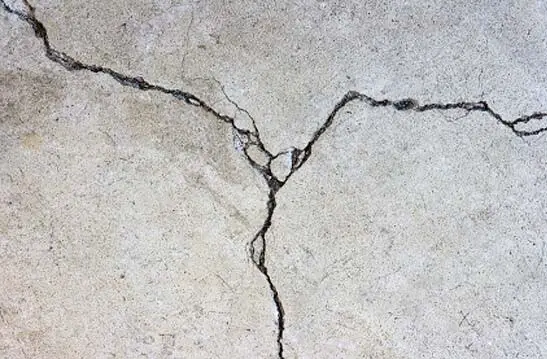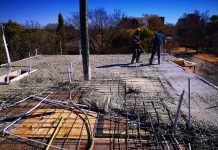Eurocode recognises that cracking is normal in concrete subjected to bending, shear, torsion, and restraint from movement (clause 7.3.1 EN 1992 1-1). Cracking is assumed to occur when the restrained strain exceeds the tensile strain capacity of the concrete. This means that for cracking to occur, some part or the whole of the concrete section must be in tension. Crack width is predicted by multiplying crack inducing strain, (the strain dissipated by the occurrence of cracking) εcr, by crack spacing, sr,max.
Cracking occurs due to the low tensile strength of concrete, and we normally use reinforcements to assist is controlling cracking. What happens in this case is that the tensile stress in the concrete must be transferred to the steel if cracking must be controlled.
To achieve this, a minimum amount of reinforcement must be provided in order to have small cracks occurring at intervals instead of having one single large crack. However, provision of this minimum reinforcement is not sufficient for controlling crack widths. As a matter of fact, direct crack width calculation must be carried out if the water tightness of the tank must be guaranteed.
Crack widths are normally calculated for;
(1) Restraint to movement (also called imposed deformations)
(2) Loadings
Cracking due to restraints are due to early thermal effects, autogenous shrinkage, and drying shrinkage. Cracking due to loading is usually from flexure or axial tension in the concrete.
Get this publication below for a cheap price by clicking on the image. It goes a long way in supporting what we do here at Structville. To read about the publication, click HERE. Thank you for your kind consideration.












very good useful topics for structural civil Engineers.